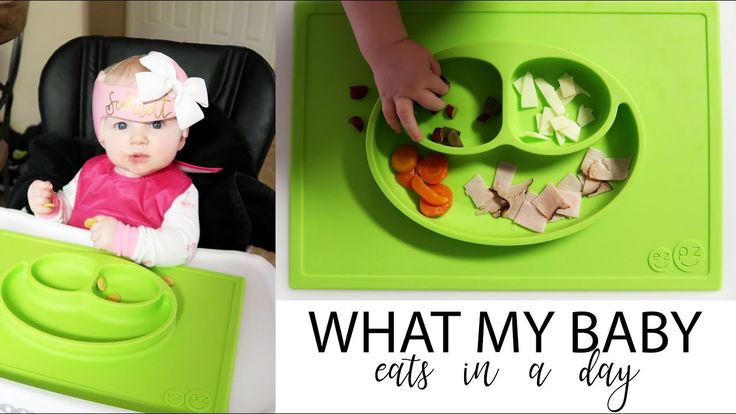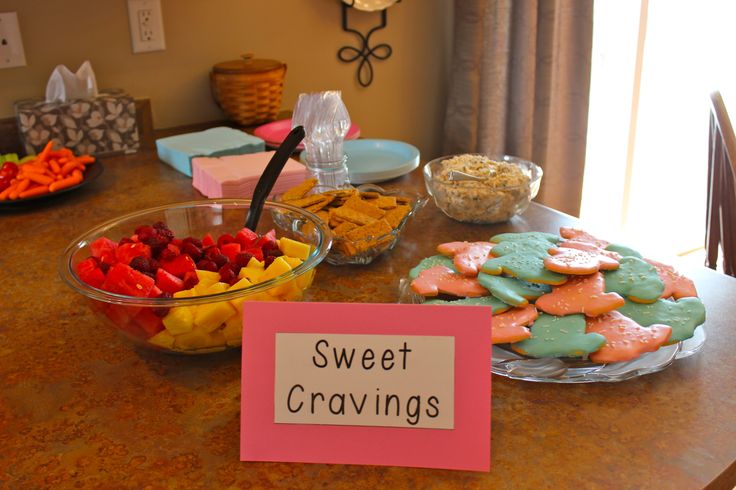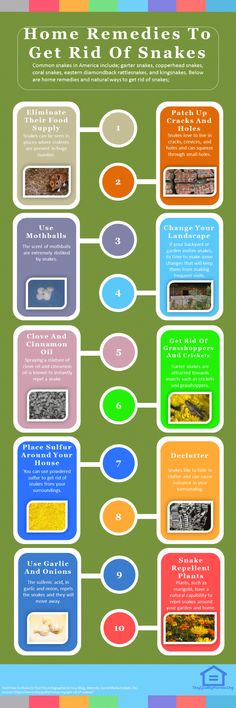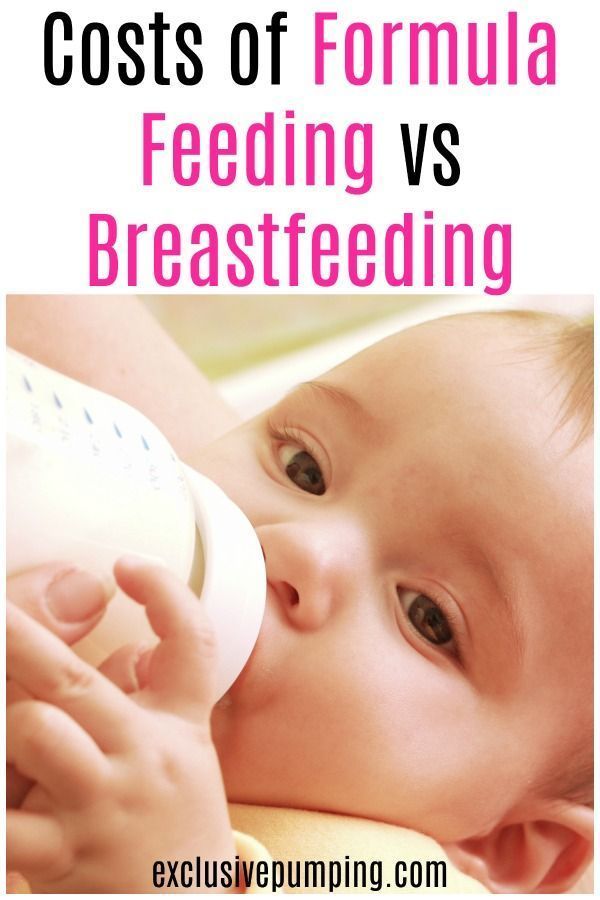Feeding baby without high chair
Things you don’t need: High chairs
High chairs are one more THING that I believe you just don’t need.
For starters, if your family eats their meals sitting on the floor, as some cultures do, then your baby certainly doesn’t need a high chair.
Why don’t the Thais, who adore children, use highchairs…? Because the tradition of Thais from ancient times is to gather in a room with bamboo mats on the floor, set the food and plates out on the floor and sit around and share a communal meal with everyone eating with their hands. Baby is being held and fed. With a circle of relatives (not just mum and dad) and neighbors eating together, the baby is fed and passed around like a ball in slow motion rugby scrum. He needs no restraining straps. No airbags. No over anxious parents worrying that he will fall from a height and land on his head. He passes from hand to hand with ease.
The author of this article, C.G.Moore, believes that “where a person is seated and where he or she sleeps as a baby etches in his or her consciousness a different mental image of relationships, role, privacy, and space. ”
Often foreigners will ask how is it that Thais are so attached to their family. They didn’t get that way growing up in a highchair is one answer. Another answer is that people who were raised dining on the floor with a group of people were also likely to have slept in a room with the family. In the West, a baby has his or her own room. They separated—at two powerful social points of contact—when they eat and sleep.
http://internationalcrimeauthors.com/the-rise-of-highchair-babies-in-the-east-by-christopher-g-moore/
An interesting point of view. One that reminds me of the attachment parenting philosophy. But what can you do with your baby if your family eats their meals sitting at the table, not on the floor?
How did families in the West feed their children before high chairs became popular? What do families who can’t afford or who don’t have space for a high chair do? What about other cultures where high chairs, along with nappies and cots, are a Western luxury not considered an essential item for raising a child? What do they do?
I don’t have the answers to the above questions, but I can tell you what we did.
We never bought a high chair for our son Ben. Mainly because we live in a small apartment and there’s very little space for a high chair. A handful of times he sat in our home-made booster seat, but, from about six months of age, he sat on our laps at every mealtime. He sat on our laps and ate from our plates.
Although feeding our baby this way seemed completely natural to me, I don’t personally know many families who have done this. I’ve found a few references to feeding a baby without a high chair on forums on the web and I recently found the article below describing “Highchair-free eating“.
Highchairs are considered a baby care staple, but Magda Gerber taught a unique approach to feeding babies without them. Magda’s method is conducive to intimacy during feedings and also encourages our baby’s independence. Since many of you have expressed interest in hearing more, I’ll briefly explain…
If solids are introduced before a baby is able to sit well and autonomously – meaning not propped or positioned, but able to attain a sitting position easily, entirely on their own – the baby is fed while reclining in the parent’s arms on the parent’s lap at the table.
My husband and I wore an apron when we enjoyed these feeding adventures with our babies.
http://www.janetlansbury.com/2010/01/baby-table-manners/
The author then suggests to move the baby to a small table and chair where they can eat independently. But I’m not keen on that idea as the child then doesn’t eat with the rest of the family.
By sitting your baby on your lap they see how you and other members of the family eat and behave at the table. You are their role model in everything including this.
At mealtimes I sat at the table with Ben sitting on my left leg, my left arm around his back, and left hand on the table. This meant I could only eat with my free hand, my right hand. But if I needed to move my left arm away to use both hands, I made sure he wouldn’t fall by clamping one of his legs between my thighs.
We always had something on our plates that Ben could eat with fingers or a spoon. Mashed vegetables, scrambled eggs, pasta, beans, mince, rice, peas and corn are some examples. (Read up on “Baby Led Weaning” if the idea of starting your baby on whole foods instead of puree is new to you.) Sometimes we put things he could eat on the table itself, sometimes on a small side plate.
(Read up on “Baby Led Weaning” if the idea of starting your baby on whole foods instead of puree is new to you.) Sometimes we put things he could eat on the table itself, sometimes on a small side plate.
We did this for about 10 months. Eating out in a restaurant or with family was never a problem because he was used to sitting on our laps. And it’s even less of a problem now. When Ben was about 16 months he moved from our laps to a regular dining chair. At that age he was tall enough to climb up and down from the chair by himself, and on his knees he is the right height to eat comfortably at the table.
In my opinion, high chairs cause more problems than they solve.
Anecdotally, I know that mothers often struggle with keeping their babies/toddlers in the high chair. A quick google search and you’ll see hundreds of mums/dads on forums trying to find out how to keep their toddler in their highchair… “My baby hates his high chair. What do I do?!”
Dr Sears’ solution to this problem looks a lot like what we’ve done with Ben since he started eating solids:
Let baby enjoy the lap of luxury.
If your child refuses to get in or stay in his high-chair, let him sit on your lap and eat off your plate. If baby begins messing with your food, place a few morsels of food on the table between baby and plate to direct his attention away from your dinner.
http://www.askdrsears.com/topics/feeding-eating/feeding-infants-toddlers/feeding-9-12-month-old
Sitting on our laps, Ben was quite content during meals. The exception would be if he was tired. Mealtimes were then rushed and over in 5 or 10 minutes.
High chairs can also be a dangerous fall hazard. A high chair is much higher than a regular chair, and it’s a long way for a baby to fall. In late 2013 a study came out in the US that found about 9,400 high chair-related injuries were treated annually in U.S. emergency rooms. Falling out of the chair accounted for almost 93 percent of the injuries.
Our son never fell while sitting on our laps.
Looking back, I’m glad we didn’t use a high chair.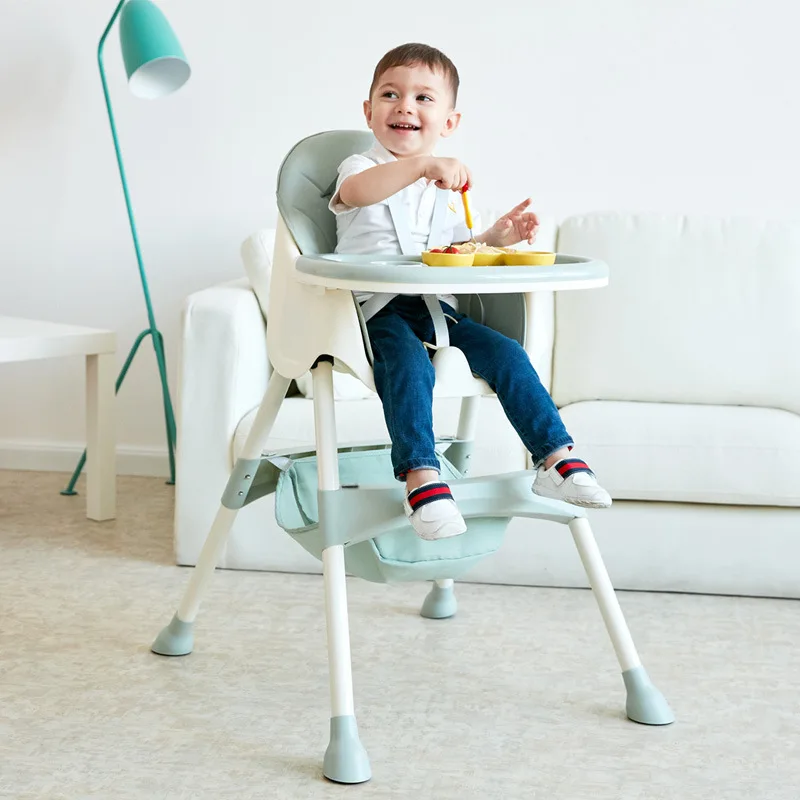 I don’t think that they are an essential item for raising a baby. Useful and convenient? Maybe. But essential? No.
I don’t think that they are an essential item for raising a baby. Useful and convenient? Maybe. But essential? No.
So if you’re looking for a practical alternative to a high chair, one that’s safe, portable, comfortable, free… Well, you have one already: Your lap.
If you never used a high chair to feed your baby I’d love to hear from you. Why did you not use a high chair? What did you do instead? What problems did/didn’t you have as a result?
Also, if you know of any resources/articles on the internet that talk about this topic I’d be grateful if you could post a link in the comment section below.
Are High Chairs Necessary? Or A Waste Of Money? (5 Things to Consider)
As a new parent, you may be overwhelmed with the number of things “they” say you must have to care for your baby.
While there’s no getting around raising little humans without cost, there are some items you can live without. Is the high chair one of those items?
We’re here to discuss the factors you need to consider and help you determine if a high chair is necessary for your baby.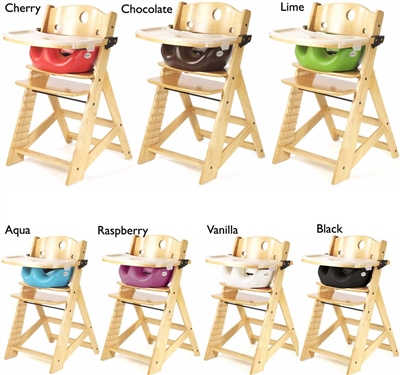
Table of Contents
- How Safe Is It?
- Do You Have Space?
- Can You Afford a High Chair?
- How Versatile Is the High Chair?
- How Easy Is It To Clean?
- It’s Your Call
There are many reasons to consider not having a high chair. But while a traditional high chair may not be right for you, your baby does need a place to eat. The best high chairs can be a convenient way to provide that.
How Safe Is It?
Of course, the most important consideration is your baby’s safety. This also applies to feeding. Don’t rely on a seat not designed for feeding and compromise on safety.
Though it may seem easier to use something like a swing, bouncy chair, or Bumbo seat at the table, the risk and safety dangers aren’t worth it.
But high chairs have risks too. Each year, numerous infants are injured while sitting in a high chair, mostly from falls (1).
Here is what you should look for in a high chair:
- Adjustable safety straps (three or five-point harness).

- Safe latches and closures.
- Adjustable seat heights.
- A crotch post.
- No rough edges or exposed hinges.
- Broad, stable base.
- Wheel locks.
We highly recommend checking out our guide to high chair safety to ensure you choose a safe option for your baby. The AAP offers some additional safety recommendations for the use of high chairs.
Do You Have Space?
One of the biggest downfalls of the traditional high chair is how much space it takes up. This is especially true if it’s a full-size model with a tray and if it reclines or has a variety of other features.
If you’re willing to compromise on features such as reclining or having a tray, there are certainly other options available. You could choose to use a booster seat strapped to a regular kitchen chair, so you can remove it as needed.
Before you consider using a booster seat high chair, it is important to be sure your baby has good head control and back muscle coordination.
They should at least be able to sit a significant amount of time without the aid of back support (and not fall over while sitting). Booster seats offer minimal trunk support, so these are best for infants closer to a year old.
Editor's Note:
Team Mom Loves Best
One of the first things to decide is whether you want to have a separate feeding tray or if you want them right at the table with the rest of the family. Trust us when we say there will be a mess either way, so it depends on whether you want to clean the same surface or a different one.
Some parents do not find the recline feature necessary and prefer to have the youngest member of the family seated right at the table for meals, so they opt for a space-saving high chair without these features.
As a pediatrician, I do not recommend the recline feature on a high chair. An infant should sit upright for feeding to prevent choking.

Editor's Note:
Team Mom Loves Best
Another consideration is how much storage space your high chair will take up when not in use. Folding high chairs require less storage space, but they still take up some room.
Can You Afford a High Chair?
High chairs can be one of the most expensive items for your baby — right up there with a stroller, crib, and car seat. Given the limited amount of time your baby will use the high chair for, it is tempting for parents to opt for something lower-priced instead.
Of course, just holding your baby on your lap is always an option, but it impedes your ability to eat and can lead to more of a mess.
Similar to the issue of saving space, the portable/hook-on high chair or travel booster seat is an excellent option as they are usually just a fraction of the cost. They are also more versatile as you can use them when you visit restaurants or friends’ houses and continue using them up to age three and beyond.
How Versatile Is the High Chair?
Truthfully, one of the best gifts I received when expecting my first child was our high chair. It’s so versatile; it will grow with my child into adulthood. I’m not kidding – the friend who gave it to us still uses hers from when she was a child, only now it serves as a chair at her desk instead of a high chair.
We love this version by Stokke because its ergonomic design evolves with your child from six months to adulthood. With an adjustable seat and footrest, it’s a solid wood piece. It also has a modern look and a variety of color options.
Because you can use it for purposes besides feeding, we recommend it over the stand-alone high chair which is only useful in the kitchen at mealtimes.
How Easy Is It To Clean?
Most traditional stand-alone high chairs are covered in a wipeable fabric for cleaning. However, the ease of cleaning these is up for debate. Crumbs and stains in all those fabric crevices are unavoidable — especially after daily use with one or more kids.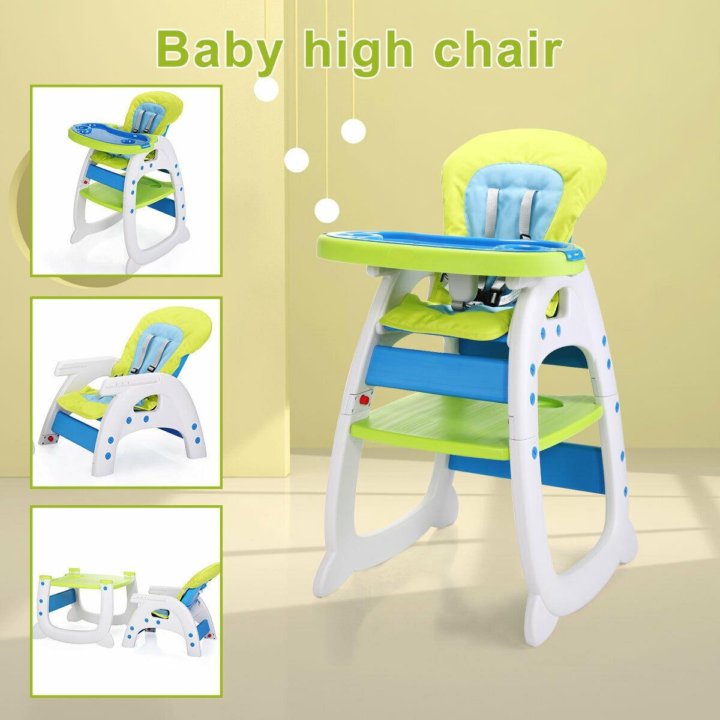
If you want an easy to clean high chair, we suggest looking at options without fabric. It’s best if they also have a removable and dishwasher-safe tray for occasional quick, deep cleanings.
It’s Your Call
Don’t buy something just because “they” tell you it’s a necessary item. You know your family best, and you are the expert on your baby.
All you need is to provide a safe, stable place for your baby to eat, one that meets your family’s needs regarding:
- Safety.
- Space.
- Cost.
- Versatility.
- Ease of cleaning.
Whether that comes in the form of a traditional stand-alone high chair or another hybrid option is up to you. Whichever form of chair you choose, it is most important that you supervise your baby while they use it to reduce possible injuries.
Feedback: Was This Article Helpful?
Thank You For Your Feedback!
Thank You For Your Feedback!
What Did You Like?
What Went Wrong?
Is it possible to do without a high chair?
- Forum
- Archive
- Discussion of goods for children
I was planning to buy a high chair, but now I doubt if I need it. The baby is about 10 months old, while I feed on my lap. A trip is planned for May-June, I will definitely not take a high chair there. In June, the child is a year old, is it worth buying a high chair? Maybe a low chair? Or a regular table and chair separately? but did you sit? nine0011 Has anyone had any experience of feeding without a high chair?
The baby is about 10 months old, while I feed on my lap. A trip is planned for May-June, I will definitely not take a high chair there. In June, the child is a year old, is it worth buying a high chair? Maybe a low chair? Or a regular table and chair separately? but did you sit? nine0011 Has anyone had any experience of feeding without a high chair?
Can you advise what to buy in our case?
Well, some will still be needed, after all, after a year, the child will try to eat on his own.
Until the age of 2.5, her daughter ate in a high chair, she liked it there, but her son got out of it at the age of one and didn’t want to sit there anymore - he moved to eat at a small table / chair with his sister.
Feeding on your knees is uncomfortable and this deprives the child of independence in eating.
All my children had a high chair. nine0011 At 8-10 months I put a bowl-plate between myself and the child and gave the baby a spoon, but of course I fed myself, the child tried to repeat what I do.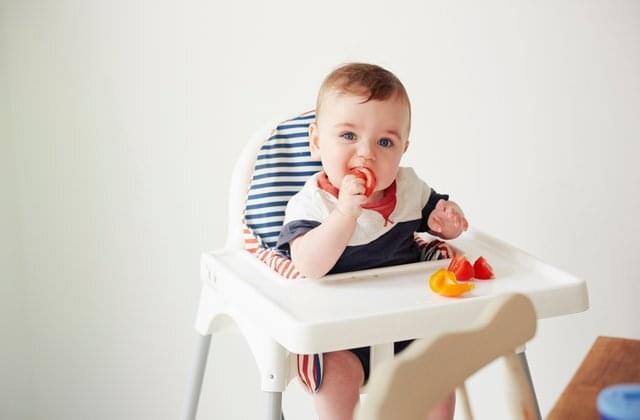
At the age of 1, a high chair was placed at a common table and at a common lunch-dinner they helped the child with food.
At 1 year 2 months all the children began to eat completely on their own, albeit inaccurately.
At the age of 2, the auxiliary table-tray was removed from the chair, because the children began to eat neatly.
At 4-5 years of age, the children moved to regular chairs as soon as growth allowed. nine0011 I didn’t consider a separate table and chair for the child at all, we have a family and a family table with a place for all family members.
our child is 5.5 years old and he still eats on a high chair (agam chair from ikea), height 120 and, in principle, he can already sit and eat on a regular chair. I don’t remember when I bought it, but before it there was a high chair with a limiter (Ikea has such white plastic ones - they are very inexpensive) - this is VERY convenient when the child sits and eats in his chair.
but you can certainly get by))) the question is whether it is necessary. I still remember these trips to my grandmothers for a month without a chair, maybe it’s convenient for someone to build barricades on an adult chair so that it’s convenient for a child to get to the table, but this is not my option
I still remember these trips to my grandmothers for a month without a chair, maybe it’s convenient for someone to build barricades on an adult chair so that it’s convenient for a child to get to the table, but this is not my option
I have a daughter since 8 months. she only eats while sitting on my lap, she didn’t want to sit in a high chair. Now she is 1 year 5 months old. He eats sitting on his knees. The chair was given to relatives a couple of months ago.
You can do without. We used literally 4 months, then gave away as unnecessary. Now the second child, I also think to buy or not.
possible, also "tame child";
but an ordinary chair will not be very comfortable, because. the child will not fit in height, ideally a separate adjustable
Why complicate life for yourself and your child?
Chair, the most comfortable - an antelope from Ikea, worth a penny. In this case, the child can safely learn to eat on his own. Just sit at the table and draw while mom cooks soup. Plus a million.
Plus a million.
+10000
We managed without a high chair, first we had food on our knees, and at 1.3 we already sat down at a separate small Ikeev table.
I have such a high chair besides the big one. Very satisfied. She not only eats, but also just sits and plays in it. nine0011 http://kids-toys.com.ua/s/feeding-buster-fisher-price-planeta
You can take it with you to the country house and not rattle a big one with you.
We managed without a high chair. At first she fed on her knees, then they bought a small children's wooden chair and the same table.
If I were you, I would buy a simple chair, but higher, so that he can sit at the table with you. trip-trap chair. There are inexpensive alternatives. We have been using this since 10 months. Ude, the second child is sitting on such a chair - it’s just that the height of the seat is placed so that it is comfortable at the table. and as it grows, it can be lowered. At the age of 5, her daughter moved to a regular chair and gave way to this growing brother.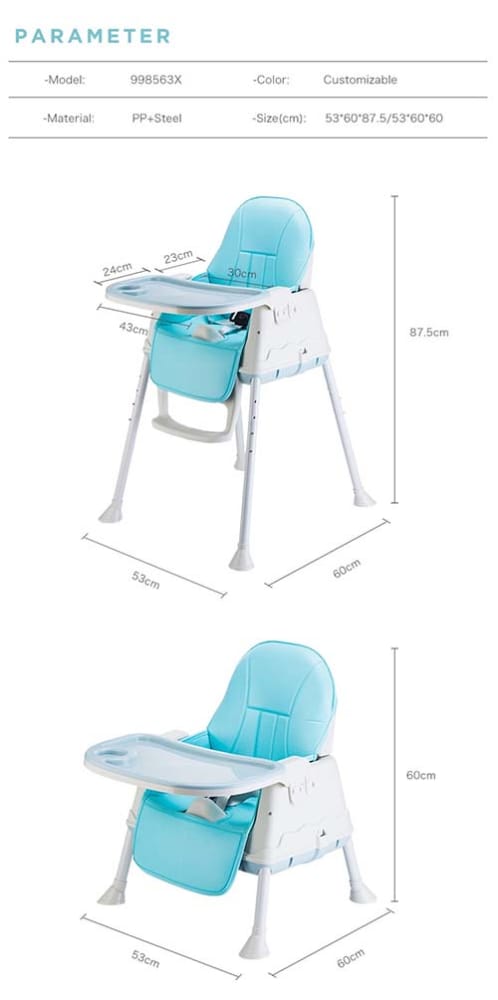 I myself sit on it sometimes. nine0011 and for trips we had this type, it is generally flat when folded, there is a rag and two tube holders. Very comfortably. At home, they were also used for a short time. http://img.2dehands.be/f/normal/116
I myself sit on it sometimes. nine0011 and for trips we had this type, it is generally flat when folded, there is a rag and two tube holders. Very comfortably. At home, they were also used for a short time. http://img.2dehands.be/f/normal/116
2-chicco-hang-meeneem-kinderstoel-in-goede-staat.jpg
3.3 - we still eat in a high chair, it's convenient, although there are places takes up a lot
The standard large one is really unnecessarily, of the compact options we have this: sit at the table. nine0013
my second child is growing up WITHOUT a high chair. Up to a year I fed on my knees (there was a chair, but my daughter didn’t want to eat in it, she indulged), besides, we had pedophilic food.
And by the year she liked to sit and eat at the children's wooden table (well, from Ikea, a set of such a low wooden table and two chairs). So she still eats at this table, after eating she takes the dishes to the dishwasher.
how does this deprive a child of independence??? I breastfed on my knees - perfectly normal.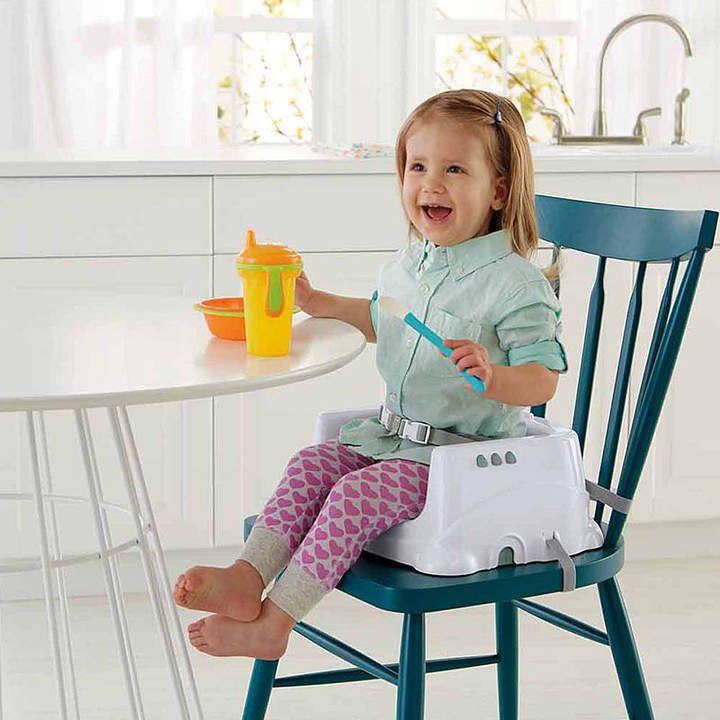 And the child ate quite calmly on his own, sitting on his knees. I just moved closer to the table. nine0011 I would be glad to put her in a chair - but she categorically does not want to.
And the child ate quite calmly on his own, sitting on his knees. I just moved closer to the table. nine0011 I would be glad to put her in a chair - but she categorically does not want to.
Well, you yourself write that after a year your child moved to the Ikeev table / chair, and did not feed on his knees and further. This is what we are talking about, that a high chair is needed in any way, the question is - which one?
and not, well, that goes without saying. I wrote this to the issue of feeding on my knees. Up to a year - well, one and a half, it is possible and you can feed on your knees without compromising independence. And later - well, yes, on your knees is not the same.
Feeding on your knees is also different - if a mother feeds a child, this is one thing, then there is no independence, but when your child eats on his own, and you just play the role of a high chair, then this is completely different. nine0013
+1 super highchair, we had a high chair instead. And they took it with them to visit, very convenient
And they took it with them to visit, very convenient
You can get by - before they didn’t exist at all. But it is very convenient with a good chair - it is not only for feeding, but also for the safety of a small child - the child plays, the mother cooks. But your child has already grown up, probably, indeed, there is no need for a baby chair. You can see the version of the transformer - at first it is like a high chair, then it transforms into a table and a chair. nine0013
why it didn't happen before. I was born in 77 - I already had a wooden high chair - by the way, it is still very well preserved - my husband polished it and re-varnished it so that my grandmother’s child could also eat at the common table.
We didn't manage. Somewhere from 8-10 months to 2-2.5 years they used it, and then they bought a separate small table-chair for the child.
In the 70s there were already wooden chairs
it is so cramped!!! Really up to a year and a half only. And then planting more or less (and if Re weighs 15 kg, lift it each time . ..) And taking it out of it is even more difficult than planting it. He is also only sitting, I put the baby in a fully unfolded Chicco chair. Still clumsy, legs in all directions. No, the chair is so-so, a very economical option, with great damage to the comfort and convenience of both the child and parents. We have one in the country, there is a lot of space and we have already passed the baby age at the time of its purchase. But the problem of planting and taking out still remains for now. nine0011 To the author - just buy a high chair - at least in Ikea, at least a stronger bar one, at least a trip ladder and analogues - the best option for you. You no longer need a baby with bells and whistles, but at a common table on a high chair - you will use it for up to 5-7 years.
..) And taking it out of it is even more difficult than planting it. He is also only sitting, I put the baby in a fully unfolded Chicco chair. Still clumsy, legs in all directions. No, the chair is so-so, a very economical option, with great damage to the comfort and convenience of both the child and parents. We have one in the country, there is a lot of space and we have already passed the baby age at the time of its purchase. But the problem of planting and taking out still remains for now. nine0011 To the author - just buy a high chair - at least in Ikea, at least a stronger bar one, at least a trip ladder and analogues - the best option for you. You no longer need a baby with bells and whistles, but at a common table on a high chair - you will use it for up to 5-7 years.
even my skinny children could hardly fit into antelope after a year
Is it suitable for a year?
I managed 2 times. With the first one, I completely forgot about it, so I didn’t buy it. I bought it with the second one, but didn’t use it, probably because I got used to it without it)
girlfriend with twins without a highchair cost
Open theme in windows
When do you need a high chair?
December 16, 2020
Feeding a baby is a serious process that requires special attention, patience and time.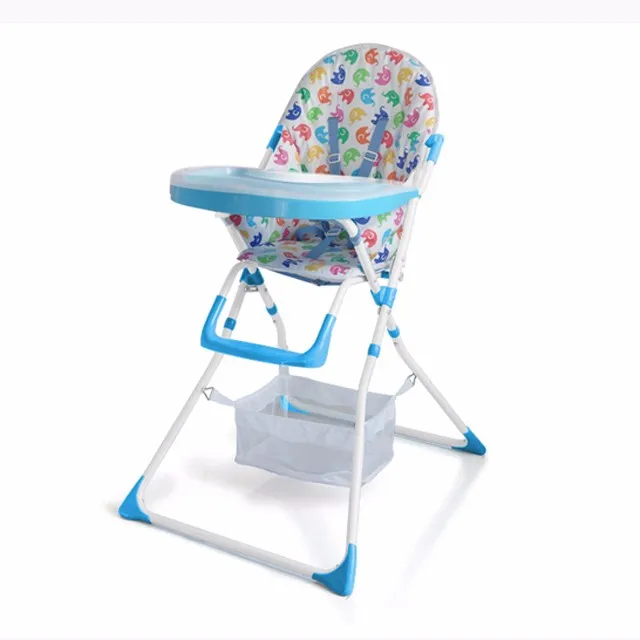 Comfort for the baby during meals plays a paramount and most important role. A baby can be fed much easier and faster if he sits in a comfortable chair.
Comfort for the baby during meals plays a paramount and most important role. A baby can be fed much easier and faster if he sits in a comfortable chair.
Of course, you can put your baby on a regular chair with a pillow or on your lap. Not all parents immediately buy a chair for feeding. At what age should you start using a chair? - moms ask pediatricians a question and study all kinds of ratings. In the meantime, the choice is not made, parents feed the children where they have to - on the sofa in the living room, in the crib, etc. This is inconvenient from all points of view - the baby is distracted all the time, playing, food falls on the floor, clothes get dirty. There is a high probability of a fall and injury to the child and the formation of an unhealthy posture. nine0013
When should I buy a high chair for my baby? Experts give an unequivocal answer - immediately, when complementary foods begin. Advantages of special models adapted for children:
- anatomical shape and body support in the desired position;
- convenience for children and parents;
- the ability to maintain cleanliness in the house and neatness of clothes;
- safety.
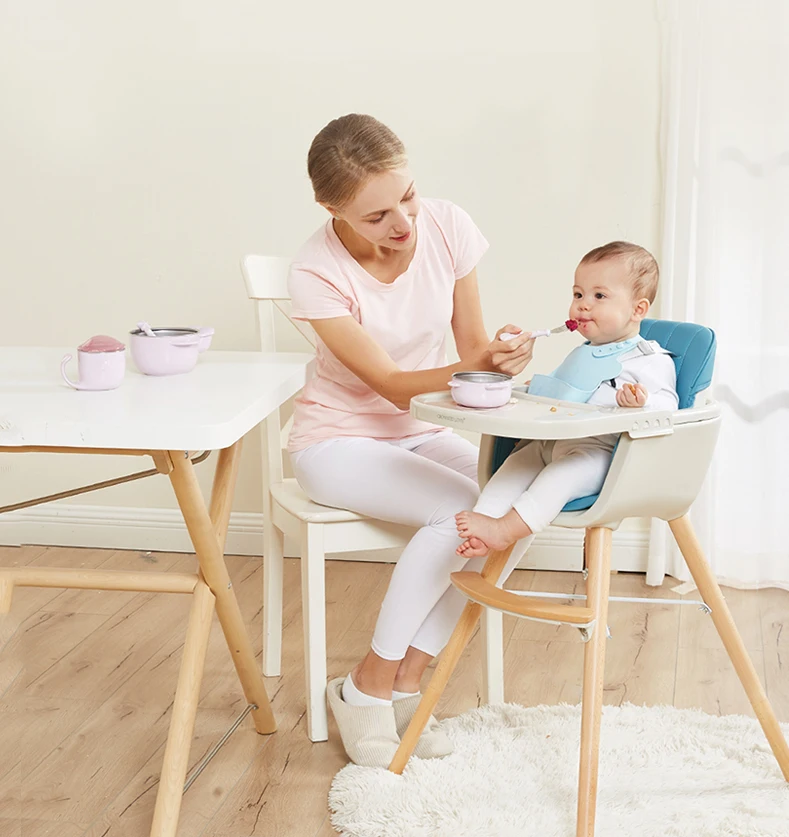
What else you should pay attention to when choosing - you can find out from this article
How much do you need a high chair? It is better to buy a suitable model immediately after the birth of the baby and seat him in a chair when he begins to sit up on his own. Parents can leave their child behind such a chair without worrying about his safety. Babies do not turn cups and plates on the floor, do not fall onto the floor, reaching for toys, etc. , a small armchair and a convenient removable table in the form of a tray. The design features of the product are a large seat height, the ability to adjust and fold the chair for storage. nine0013
When to buy a high chair? Please note that the child will grow rapidly. Therefore, parents need to take care of a comfortable seat in advance.
It's smarter to choose a multifunctional model that can grow with your baby.
The restraints prevent the baby from falling, and thanks to the convenient removable table, the child can play and eat. Such a transformer is at the same time a chair for feeding the smallest, serves to form a healthy posture and develop the habit of sitting correctly. It has undeniable advantages over conventional chairs, hanging models, boosters, etc.
Such a transformer is at the same time a chair for feeding the smallest, serves to form a healthy posture and develop the habit of sitting correctly. It has undeniable advantages over conventional chairs, hanging models, boosters, etc.
Therefore, the answer to the question - what time you need a high chair, sounds like this - buy a high-quality "growing" chair as early as possible, which will last for many years.
Before buying, you should study the ratings and read the reviews. When compiling the list of the best "growing" models, many parameters were carefully taken into account - safety and structural strength, ergonomics, manufacturing materials, the possibility of adjusting the product for anatomical features, age, height and weight, environmental safety of the coating, duration of operation, particular care for a particular model, etc. . nine0013
You can read about how to choose the right growing chair in this article. and will prevent the development of many negative consequences of improper sitting at the table.
and will prevent the development of many negative consequences of improper sitting at the table.
How to choose a high chair. Expert Tips
If we sum up all the recommendations of specialists in different fields, the advice will look like this:
- Production materials. Pay close attention to the quality of the material. Children are not suitable for affordable furniture made of cheap and harmful plastic or boards made from toxic sawdust and shavings impregnated with binders in the form of formaldehyde resins.
- Settings. Chairs for children are selected based on the possibility of adjusting the back, seat and footrest. Only in this case the child will be able to maintain the correct posture. Parents can easily adjust all the necessary parameters if necessary. nine0004
- Security. The product should be free of sharp corners and poorly processed surfaces with burrs. The design itself must be stable and reliable. This will prevent the possibility of accidental injury and damage.
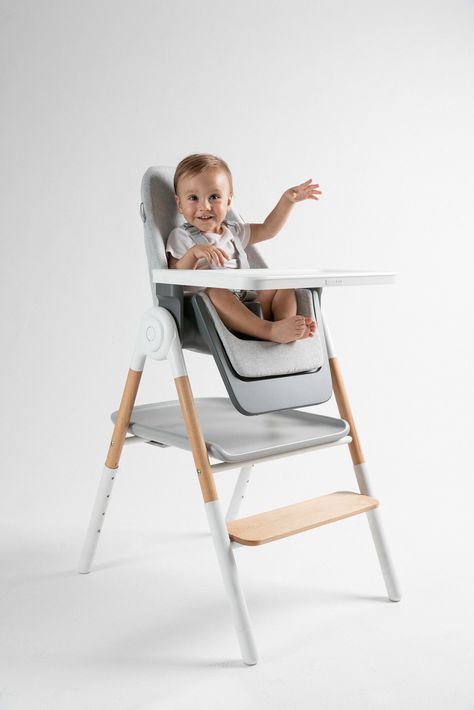
- Fittings. Components and accessories are one of the important characteristics of a quality model. Serious manufacturers use the highest quality parts. Good fittings do not go out of service after a couple of weeks or months and serve for many years without requiring replacement. nine0004
- Coating. In the manufacture of children's furniture, only safe finishing materials and water-based paints are allowed. They do not emit harmful fumes into the space and exclude the possibility of developing an allergic reaction, both in the child and in all family members.
Important! Quite often, in the manufacture of ordinary children's seats and chairs, toxic paints and varnishes, cheap and harmful materials, as well as unreliable fittings that quickly fail, are used. In addition, the product has to be replaced very quickly, as the child grows. nine0013
Conclusions. Highchair and child's age
Highchair - when is it needed? From five to six months or even earlier.

